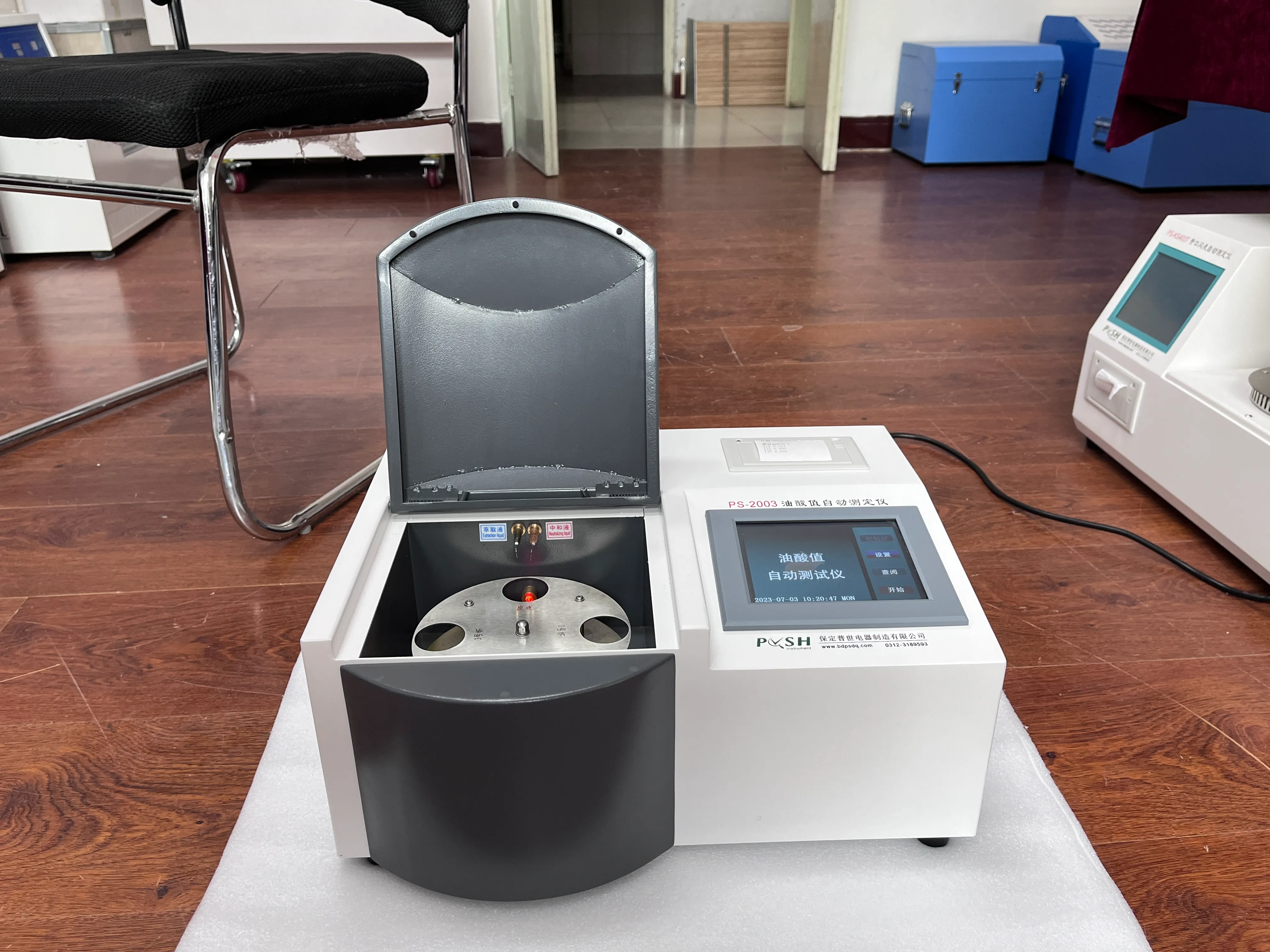 English
English



-
 Afrikaans
Afrikaans -
 Albanian
Albanian -
 Amharic
Amharic -
 Arabic
Arabic -
 Armenian
Armenian -
 Azerbaijani
Azerbaijani -
 Basque
Basque -
 Belarusian
Belarusian -
 Bengali
Bengali -
 Bosnian
Bosnian -
 Bulgarian
Bulgarian -
 Catalan
Catalan -
 Cebuano
Cebuano -
 China
China -
 China (Taiwan)
China (Taiwan) -
 Corsican
Corsican -
 Croatian
Croatian -
 Czech
Czech -
 Danish
Danish -
 Dutch
Dutch -
 English
English -
 Esperanto
Esperanto -
 Estonian
Estonian -
 Finnish
Finnish -
 French
French -
 Frisian
Frisian -
 Galician
Galician -
 Georgian
Georgian -
 German
German -
 Greek
Greek -
 Gujarati
Gujarati -
 Haitian Creole
Haitian Creole -
 hausa
hausa -
 hawaiian
hawaiian -
 Hebrew
Hebrew -
 Hindi
Hindi -
 Miao
Miao -
 Hungarian
Hungarian -
 Icelandic
Icelandic -
 igbo
igbo -
 Indonesian
Indonesian -
 irish
irish -
 Italian
Italian -
 Japanese
Japanese -
 Javanese
Javanese -
 Kannada
Kannada -
 kazakh
kazakh -
 Khmer
Khmer -
 Rwandese
Rwandese -
 Korean
Korean -
 Kurdish
Kurdish -
 Kyrgyz
Kyrgyz -
 Lao
Lao -
 Latin
Latin -
 Latvian
Latvian -
 Lithuanian
Lithuanian -
 Luxembourgish
Luxembourgish -
 Macedonian
Macedonian -
 Malgashi
Malgashi -
 Malay
Malay -
 Malayalam
Malayalam -
 Maltese
Maltese -
 Maori
Maori -
 Marathi
Marathi -
 Mongolian
Mongolian -
 Myanmar
Myanmar -
 Nepali
Nepali -
 Norwegian
Norwegian -
 Norwegian
Norwegian -
 Occitan
Occitan -
 Pashto
Pashto -
 Persian
Persian -
 Polish
Polish -
 Portuguese
Portuguese -
 Punjabi
Punjabi -
 Romanian
Romanian -
 Russian
Russian -
 Samoan
Samoan -
 Scottish Gaelic
Scottish Gaelic -
 Serbian
Serbian -
 Sesotho
Sesotho -
 Shona
Shona -
 Sindhi
Sindhi -
 Sinhala
Sinhala -
 Slovak
Slovak -
 Slovenian
Slovenian -
 Somali
Somali -
 Spanish
Spanish -
 Sundanese
Sundanese -
 Swahili
Swahili -
 Swedish
Swedish -
 Tagalog
Tagalog -
 Tajik
Tajik -
 Tamil
Tamil -
 Tatar
Tatar -
 Telugu
Telugu -
 Thai
Thai -
 Turkish
Turkish -
 Turkmen
Turkmen -
 Ukrainian
Ukrainian -
 Urdu
Urdu -
 Uighur
Uighur -
 Uzbek
Uzbek -
 Vietnamese
Vietnamese -
 Welsh
Welsh -
 Bantu
Bantu -
 Yiddish
Yiddish -
 Yoruba
Yoruba -
 Zulu
Zulu
fault loop impedance meter
Understanding Fault Loop Impedance Meters A Crucial Tool for Electrical Safety
Electrical safety is paramount in both commercial and residential environments. Among the many tools available to ensure compliance with safety regulations, the fault loop impedance meter stands out as a vital instrument. This device plays a crucial role in testing and ensuring the integrity of electrical systems, particularly in relation to protective measures against electric shocks.
At its core, a fault loop impedance meter is designed to measure the impedance of the earth fault loop. This loop encompasses the path that electrical current would travel in the event of a fault, providing insight into the effectiveness of a system's earthing and protection. By measuring this impedance, electricians can determine whether the protective devices, such as circuit breakers and fuses, will operate correctly under fault conditions.
How Fault Loop Impedance Meters Work
The operation of a fault loop impedance meter is relatively straightforward, but it requires a good understanding of electrical principles. When the device is connected to the electrical circuit, it sends a test current through the fault loop. The meter then measures the voltage drop caused by the current flowing through the impedance of the loop. By applying Ohm's law (V=IR), where V is the voltage, I is the current, and R is the resistance, it can calculate the impedance of the loop accurately.
The meter’s readings will indicate whether the loop impedance falls within the acceptable limits set by electrical safety regulations, such as those outlined in the IET Wiring Regulations (UK) or local codes in other countries. If the impedance is too high, it could mean that the protective devices may not trip as intended in a fault scenario, which poses a serious risk of electric shock or fire hazards.
Importance of Loop Impedance Testing
Testing the fault loop impedance is essential for several reasons
fault loop impedance meter

1. Safety Assurance Loop impedance testing ensures that safety devices will function correctly during a fault, effectively minimizing the risk of electric shock to users and preventing potential fire hazards.
2. Regulatory Compliance Many regulations mandate regular testing of electrical systems for compliance. A fault loop impedance meter provides the necessary documentation to demonstrate adherence to these standards.
3. System Reliability By regularly performing loop impedance tests, electricians can identify potential weaknesses or deterioration in the electrical system. Early detection of issues can lead to timely maintenance and reduced downtime.
4. Installation Verification For newly installed electrical circuits, loop impedance testing verifies that the installation meets safety standards before being put into operation. This step is crucial for ensuring long-term safety and reliability.
Conclusion
In summary, the fault loop impedance meter is an indispensable tool in the field of electrical safety. By measuring the integrity of the earth fault loop, this device provides critical information that directly impacts the safety and functionality of electrical installations. Regular testing not only complies with safety regulations but also reinforces the reliability of electrical systems.
As electrical systems become increasingly complex and integral to modern life, the role of the fault loop impedance meter will only grow in importance. Electricians and safety professionals should prioritize the use of this device to ensure the utmost safety for all users of electrical systems. By doing so, they contribute to a culture of safety that benefits everyone—from homeowners to large industrial complexes. In the pursuit of safe electrical environments, the fault loop impedance meter is a necessary ally that must not be overlooked.
-
Exploring the Main Types of Industrial Endoscopes and Their Applications Across IndustriesNewsJul.04,2025
-
Testing Equipment Industry Sees Major Advancements in 2025: Smart & Precision Technologies Lead the WayNewsJun.06,2025
-
Applications of Direct Current Generators in Renewable Energy SystemsNewsJun.05,2025
-
Hipot Tester Calibration and Accuracy GuidelinesNewsJun.05,2025
-
Digital Circuit Breaker Analyzer Features and BenefitsNewsJun.05,2025
-
Benefits of Real-Time Power Quality Monitoring Devices for Industrial EfficiencyNewsJun.05,2025



